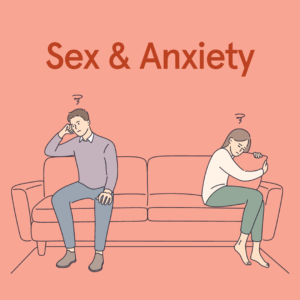Eye Movement Desensitization and Reprocessing (EMDR) is a fairly new therapy that helps specifically in the treatment of trauma recovery and Post Traumatic Stress Disorder (PTSD). PTSD is a disorder that often develops after exposure to a terrifying event or ordeal – one in which intense physical harm occurred or was threatened. PTSD can also result after someone has witnessed an event that is disturbing, distressing, or dangerous. Sufferers of this disorder have persistent, frightening thoughts and memories of their ordeal.
PTSD can be triggered by events such as:
- Military combat
- Violent personal assaults
- Natural or human-caused disasters
- Car accidents, plane crashes
- Flashbacks of the event
- Nightmares and bad dreams
- Uncontrollable and frightening thoughts about the event
- Avoidance of people, activities, or places that remind them of the traumatic experience
- Severe emotional distress or physical reactions to something that makes them think of the event
- Irritability, aggressive behavior, angry outbursts
- Feeling guilt, shame, or worry about the event
- Processing of the traumatic memory and disturbing feelings
- Transformation of the painful events on an emotional level
- Empowerment of the person dealing with PTSD
- Eye movements
- Physical hand tapping or toe tapping
- Musical tones
- The past – the event(s) that created or intensified the trauma is identified
- The present – attention is given to the current situations that are causing distress
- The future – action is taken to develop the skills and attitudes needed for positive progress
- Emotions and physical sensations related to the memory
- Visual imagery related to the memory
- A negative belief about themselves that is related to their distress
- A positive belief they’d like to have
- One study revealed 84%-90% of single-trauma victims no longer had PTSD after only three 90-minute sessions
- Another study, funded by the HMO Kaiser Permanente, found that 100% of the single-trauma victims and 77% of multiple trauma victims were no longer diagnosed with PTSD after six 50-minute sessions
- A third study showed that 77% of combat veterans were free of PTSD in 12 sessions
Dr. Andrew Rosen
Dr. Andrew Rosen PHD, ABPP, FAACP is a Board-Certified Psychologist and the Founder and Director of The Center for Treatment of Anxiety and Mood Disorders, as well as, the Founder of The Children’s Center for Psychiatry Psychology and Related Services.





